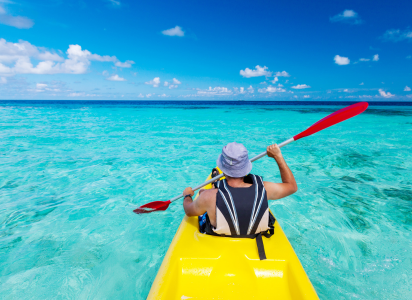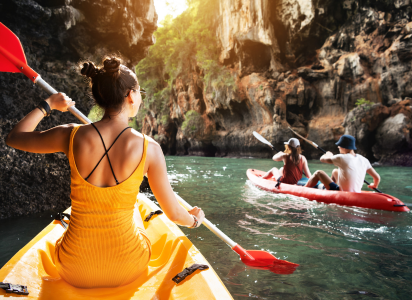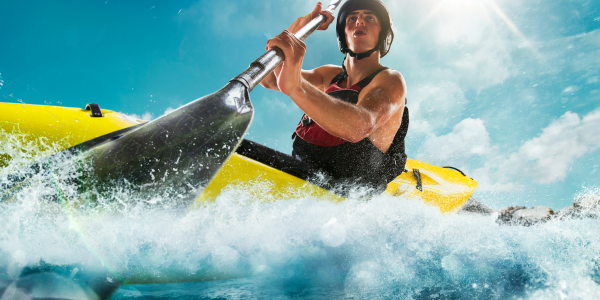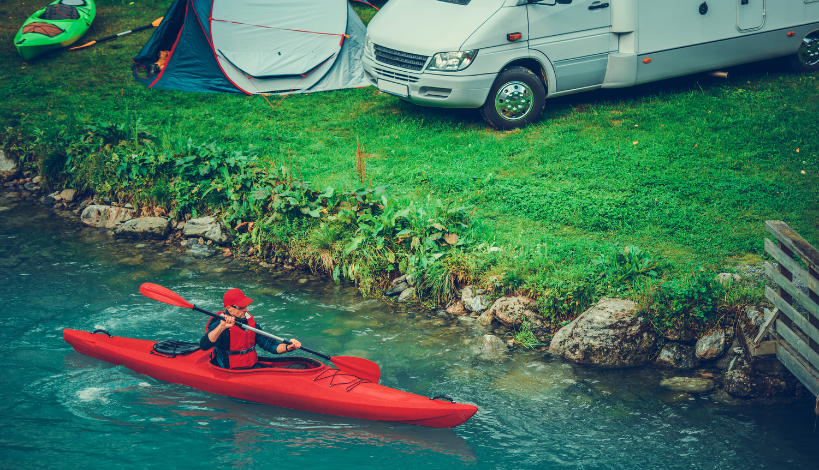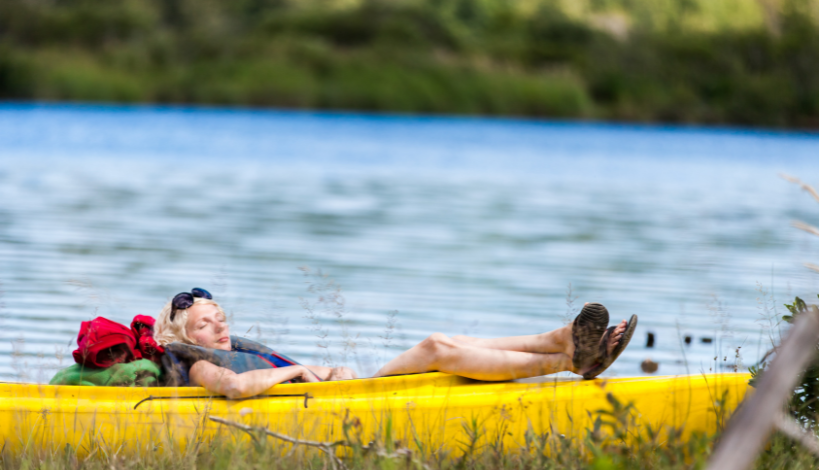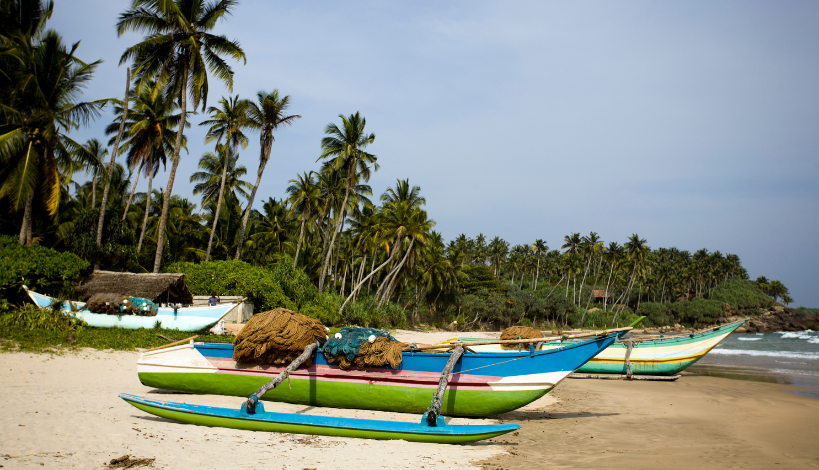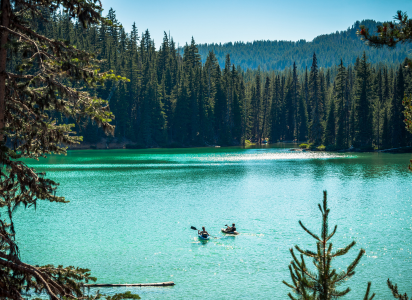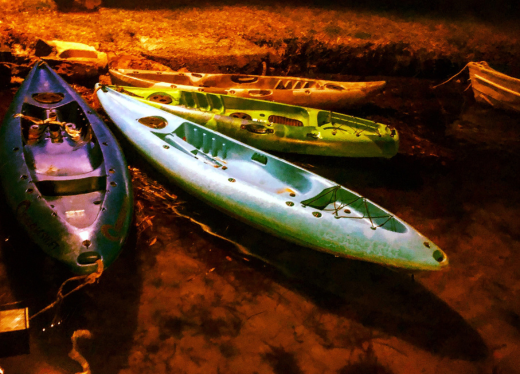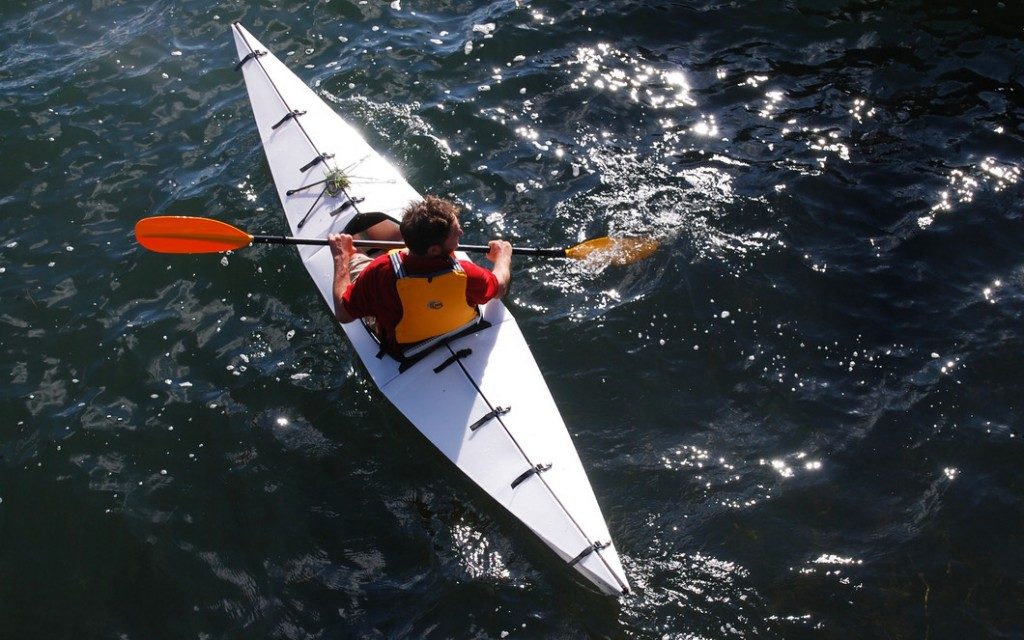Have you been considering trying a new watersport?
Paddleboarding and kayaking have exploded in popularity in recent years, and for good reason. Both activities offer a great workout while also providing opportunities to enjoy the peacefulness of being out on the water.
However, if you’re new to watersports, you may be wondering which one to try first. Since I’m a water baby and love most watersports, I’m here to guide you and show you the differences between both and which one may be better suited to you. Here we go:
Paddleboarding vs Kayaking: Which One Is More Suited to You?
Deciding between paddleboarding and kayaking is a super tough choice especially when you’re a beginner so I’ll be discussing the pros and cons of each watersport since I’ve been kayaking since I was a teenager and picked up paddleboarding over seven years ago.
#1. Ease of Use
Paddleboarding can be a bit more challenging for beginners as it requires good balance and a bit of core strength to stand up on the board and paddle.
Kayaking is generally considered easier for beginners to pick up. Sit-on-top kayaks can be stable and easy to maneuver and are perfect for calm waters like lakes and bays.
If you’re looking for a more relaxed, low-impact activity, kayaking may be a better starting point for you.
#2. Solo vs. Group Activity
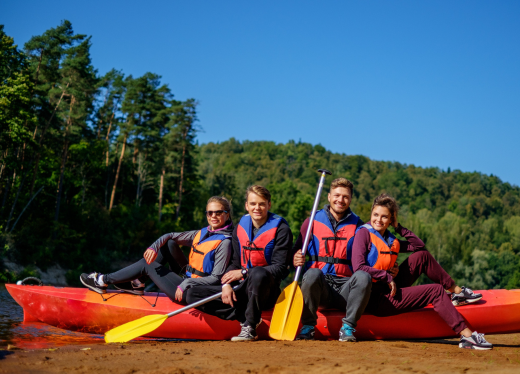
Both paddleboarding and kayaking can be enjoyed either solo or with a group.
However, if you’re looking for a social activity, kayaking may be the better option. Kayaks can be tethered together so a group can paddle and float along together. I’ve kayaked with friends so many times over the my lifetime and have made some awesome memories. If you’re a social butterfly, this is a great option.
Paddleboarding can be a more solitary activity, but that being said, it’s still possible to paddle with friends or your pet and it can be a very rewarding experience.
Ultimately, it mostly comes down to personal preference as to whether you prefer to paddle alone or with others.
#3. Fishing
If fishing is your passion, both paddleboarding and kayaking offer a unique experience to enjoy this pastime.
Kayaks are traditionally favored by anglers for their stability and storage capabilities. They often come equipped with rod holders and ample space for all your fishing gear, making them an excellent choice for longer fishing trips.
Yet paddleboarding presents an exciting alternative. While paddleboards may lack the storage of a kayak, they offer an elevated vantage point that can greatly enhance visibility when fishing in clear waters. However, they require a bit more balance and skill to keep stable while casting a line.
Thus, while both can be used for catching fish, kayaks may be the better choice if you’re a beginner or plan on longer fishing expeditions.
#4. Speed and Thrills
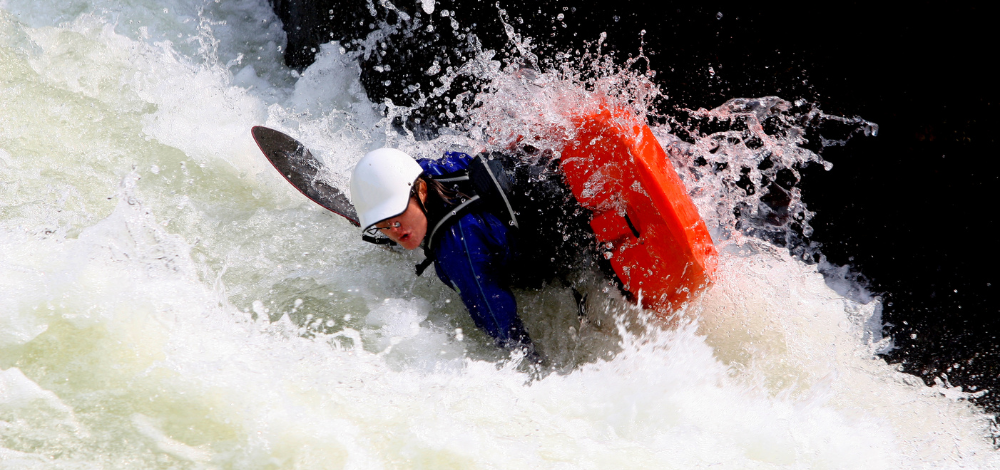
When considering speed, kayaking generally takes the lead. Kayaks, with their sleek design and use of double-bladed paddles, enable the user to move faster through the water with less exertion compared to paddleboarding. The sitting position in a kayak also provides a mechanical advantage, allowing for stronger paddle strokes.
It definitely feels more natural to fish while sitting in my kayak.
Paddleboards are usually slower due to the standing position. This requires more effort for balance and control, which may limit the speed you can achieve.
That being said, the thrill of balancing on a paddleboard, especially in challenging conditions, can also provide its own kind of adrenaline rush.
If you want speed and thrills, kayaking is the way to go.
#5. Cost
Both paddleboards and kayaks can range in price from a few hundred to a few thousand dollars, but kayaks tend to be on the less expensive side.
Generally speaking, you’ll find that paddleboards are more expensive, especially if you’re interested in purchasing a high-quality one. However, used kayaks can also be a great buy, so keep that in mind if you’re on a budget.
#6. Workout Benefits
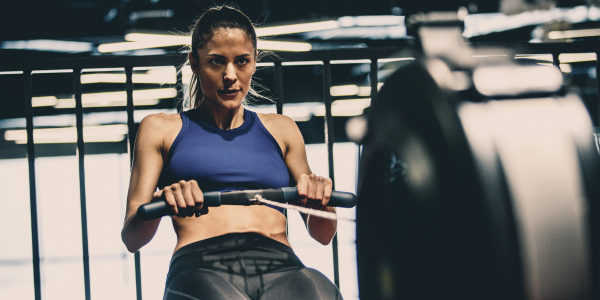
Both paddleboarding and kayaking can offer an incredible core workout, but there are some differences in the muscles used.
Paddleboarding requires a lot of stabilization especially in the legs and core since you’re standing on the board.
Kayaking is more upper body-focused, especially on the arms and shoulders as you paddle.
If you’re looking for the ultimate full-body workout, paddleboarding may be a better option, but if you want to focus more on upper body strength, kayaking may be the way to go.
#7. Terrain
The terrain you’ll be paddling on can also play a role in which water sport you should choose. Kayaks can be used on both calm and rough waters, so they’re a good option for those looking to explore various types of waters. They can also be great for fishing or birdwatching.
Paddleboarding is a bit more limited in terms of where you can go as they’re best suited for calmer, flatter waters like bays and lakes.
Is paddle boarding safer than kayaking?

When it comes to safety, both paddleboarding and kayaking have their risks and precautions.
Let’s start with paddleboarding. Paddleboarding, due to its less enclosed design, generally offers a higher risk of falling into the water. However, the risk of entrapment is lower than in kayaking, where capsizing can potentially trap the paddler under the kayak.
With kayaking, there is also a risk of injury from the fast-moving paddle. Both activities necessitate proper safety equipment, including life vests, and ideally should be undertaken in safe, familiar waters especially by beginners.
It’s essential that paddlers are strong swimmers and understand how to handle themselves in the water.
From personal experience, I can say they both come with their own risks and it will depend on the person’s level of experience and training to minimize any risks.
Do paddleboards flip easily?
Paddleboards by design are relatively stable but they can flip under certain conditions. The stability of a paddleboard largely depends on its size, design, and the user’s skill level.
Wider and longer boards are typically more stable and less likely to flip. However, in challenging conditions such as rough waters, high winds, or under the weight of an unbalanced user, a paddleboard can indeed flip.
Beginners may find it a bit tricky to maintain balance initially, but with practice, they can significantly reduce the risk of flipping.
So, while paddleboards can flip, it is not something that occurs easily or frequently, provided you’re using the right board and appropriate technique for your skill level and the conditions.
Can you ride waves on a SUP?

Absolutely, you can ride waves on a Stand-Up Paddleboard (SUP). In fact, SUP surfing is a popular variant of traditional surfing, which allows you to catch and ride waves.
Its advantage lies in the stand-up position, providing a better view of incoming waves, thus enabling you to spot and catch them earlier. However, this requires a certain level of skill and practice. SUP boards used for surfing are typically shorter and more maneuverable.
It’s crucial to remember that, like any water sport, safety should be a top priority when SUP surfing. Always wear a leash to remain connected to your board in case of a fall, and consider a personal flotation device for additional safety.
Conclusion
Ultimately, the decision between purchasing a paddleboard or kayak will depend on your personal preferences and needs.
If you’re looking for a more relaxed, low-impact activity or want to paddle with a group, kayaking may be the better option for you. However, if you’re up for a challenge and want to try a full-body workout on the water, paddleboarding may be the perfect fit.
Both activities are tons of fun and if you love one, you’ll probably love the other one and learn it at a different time.

